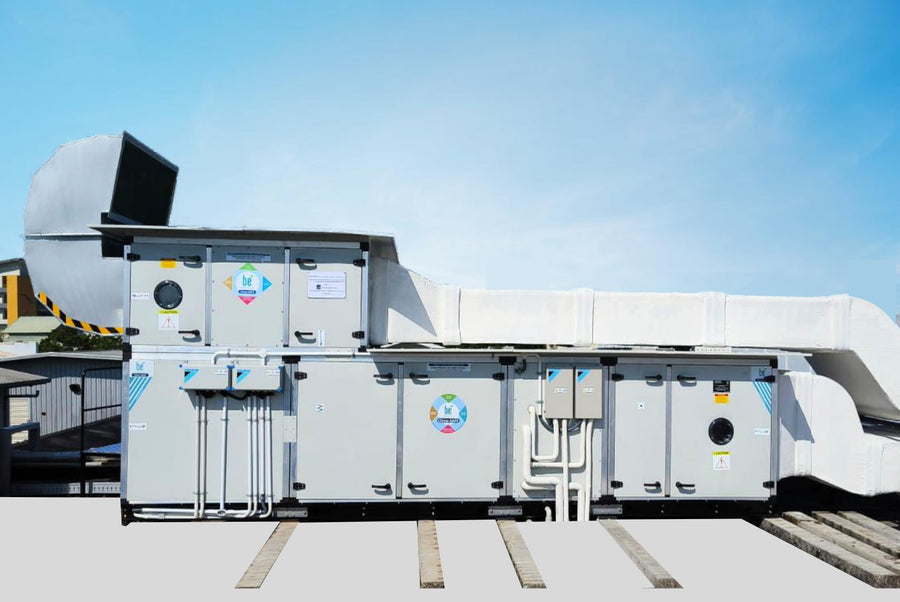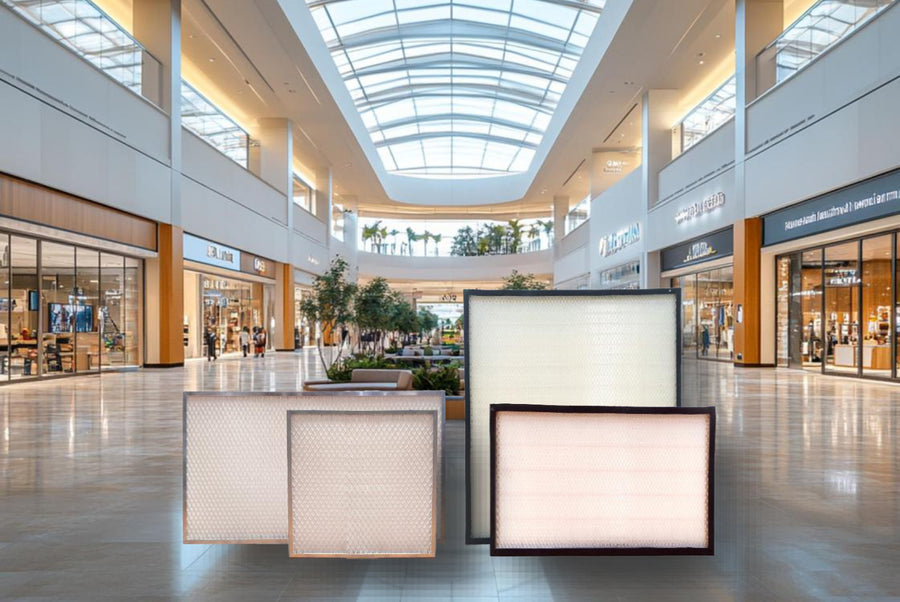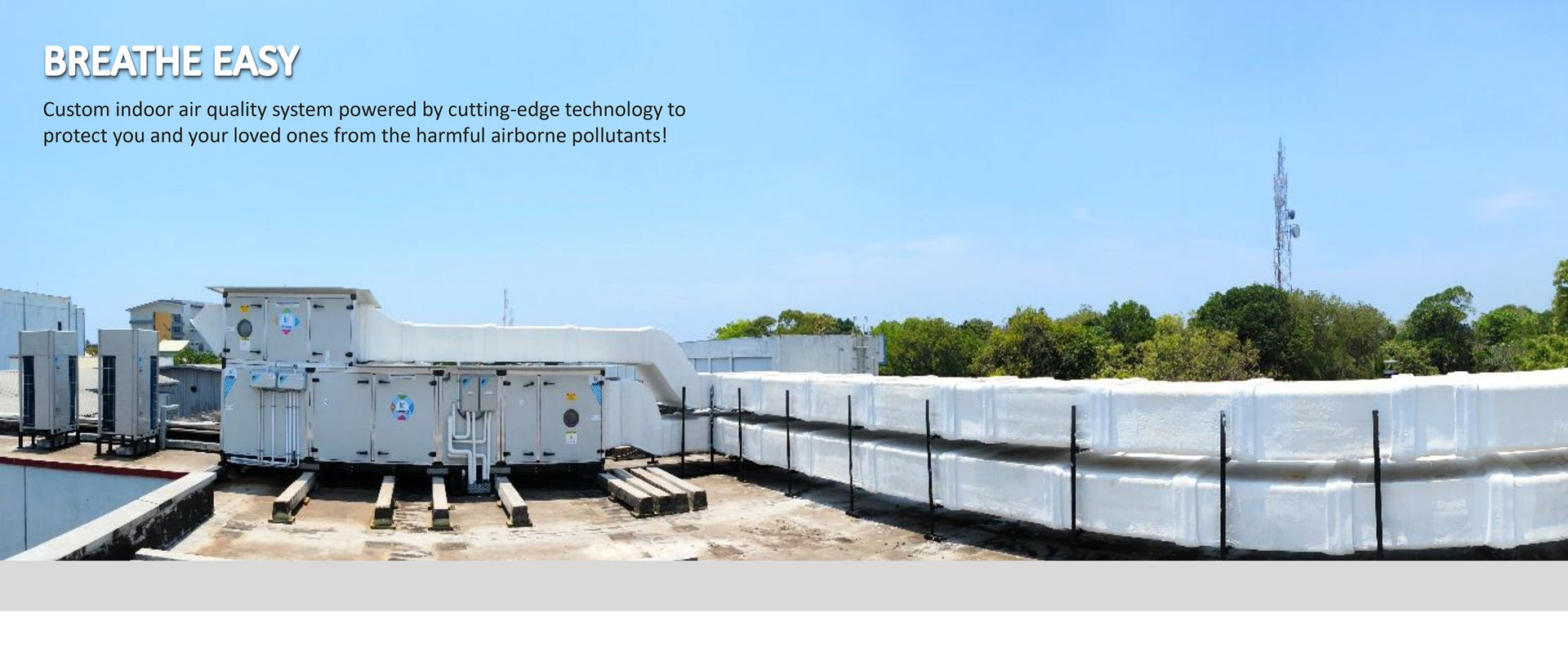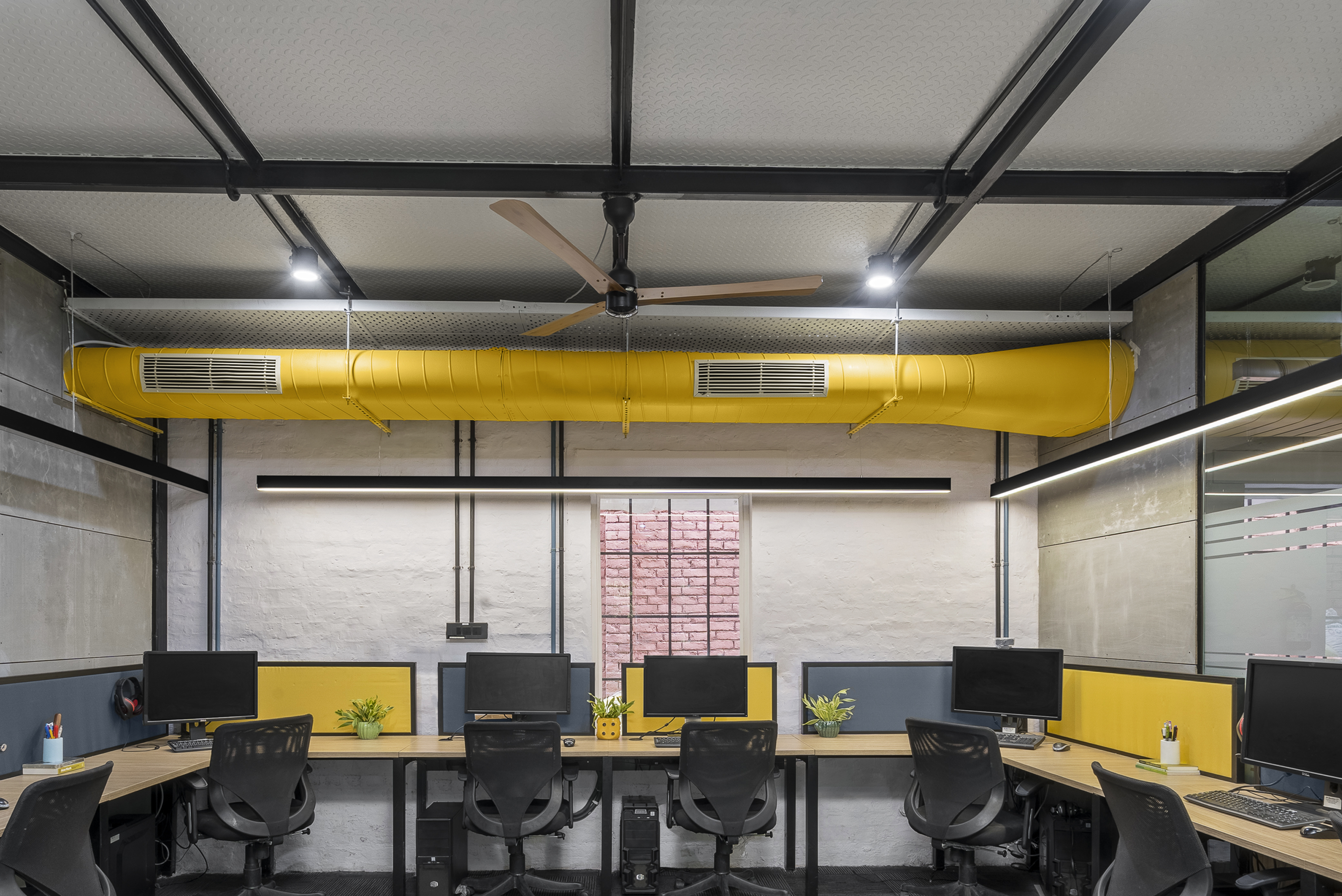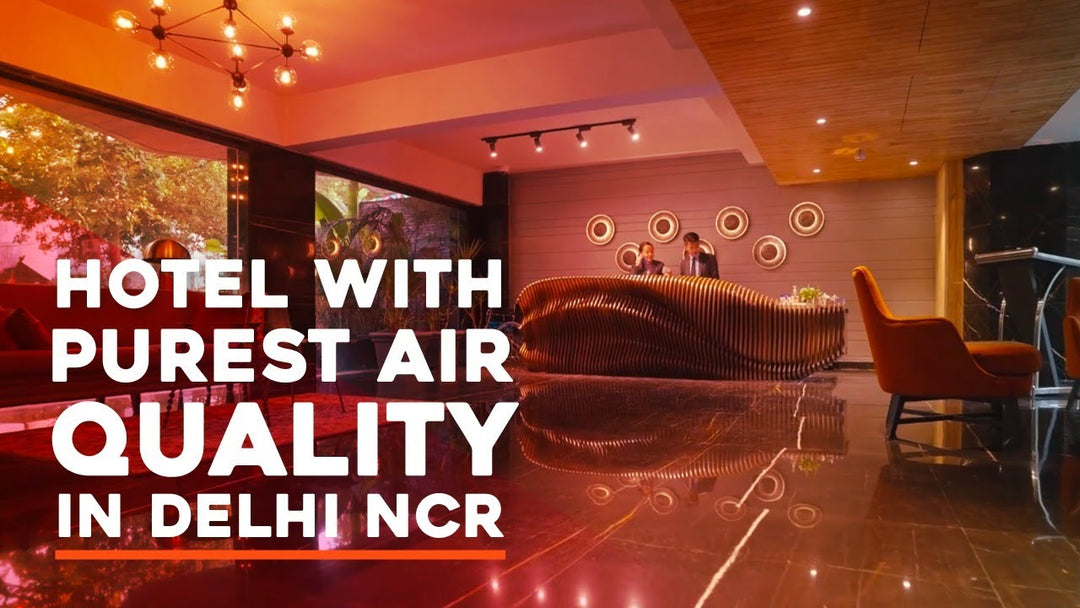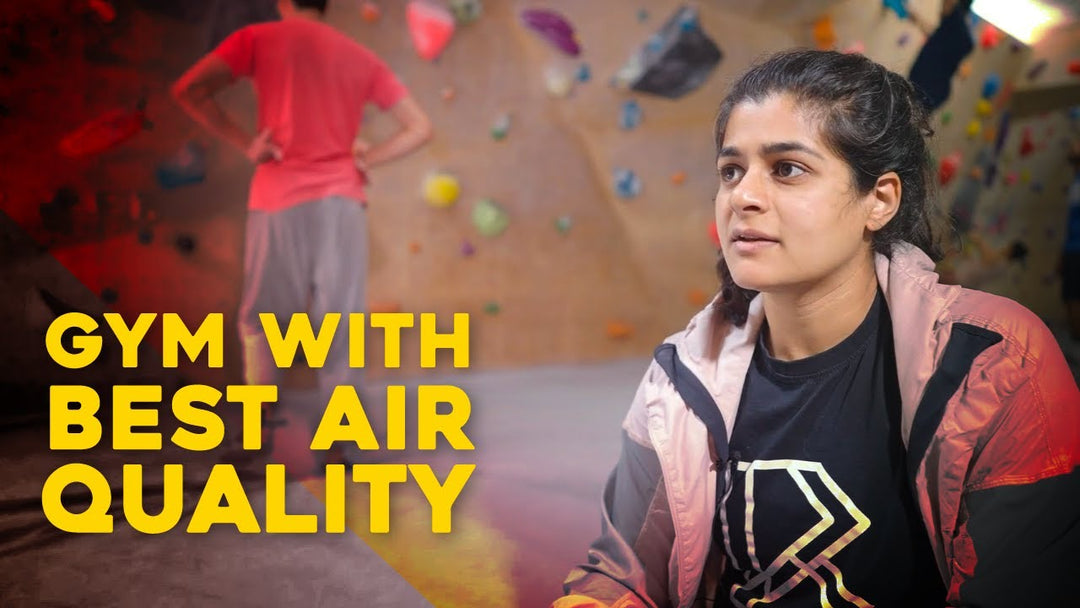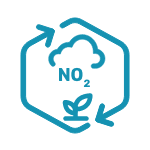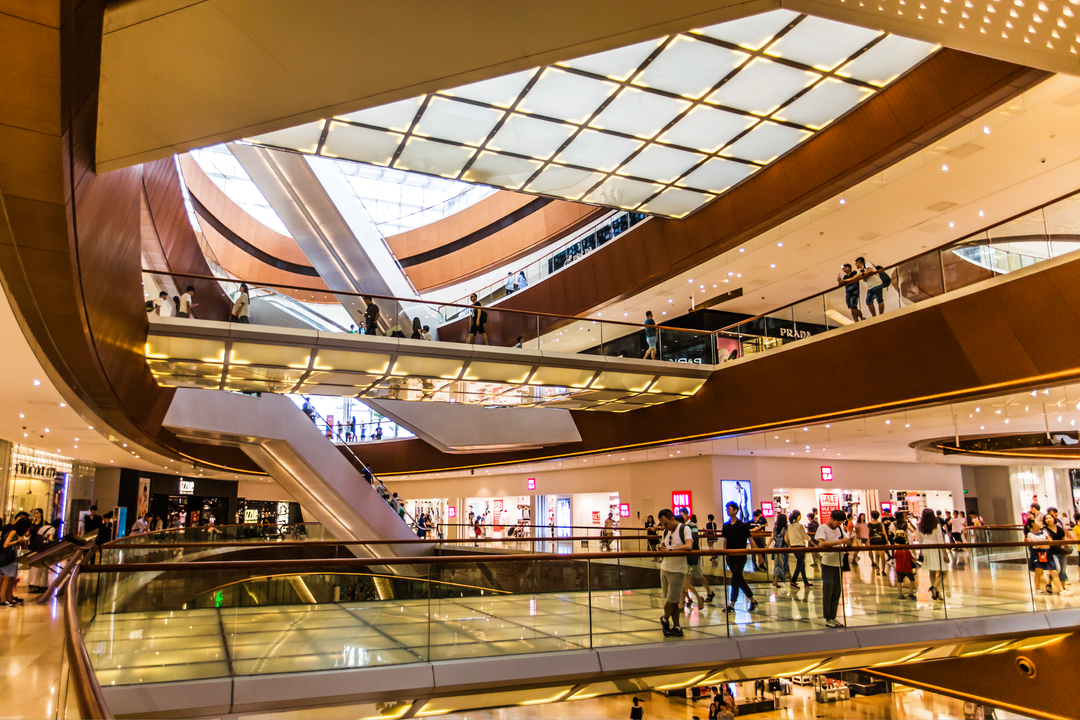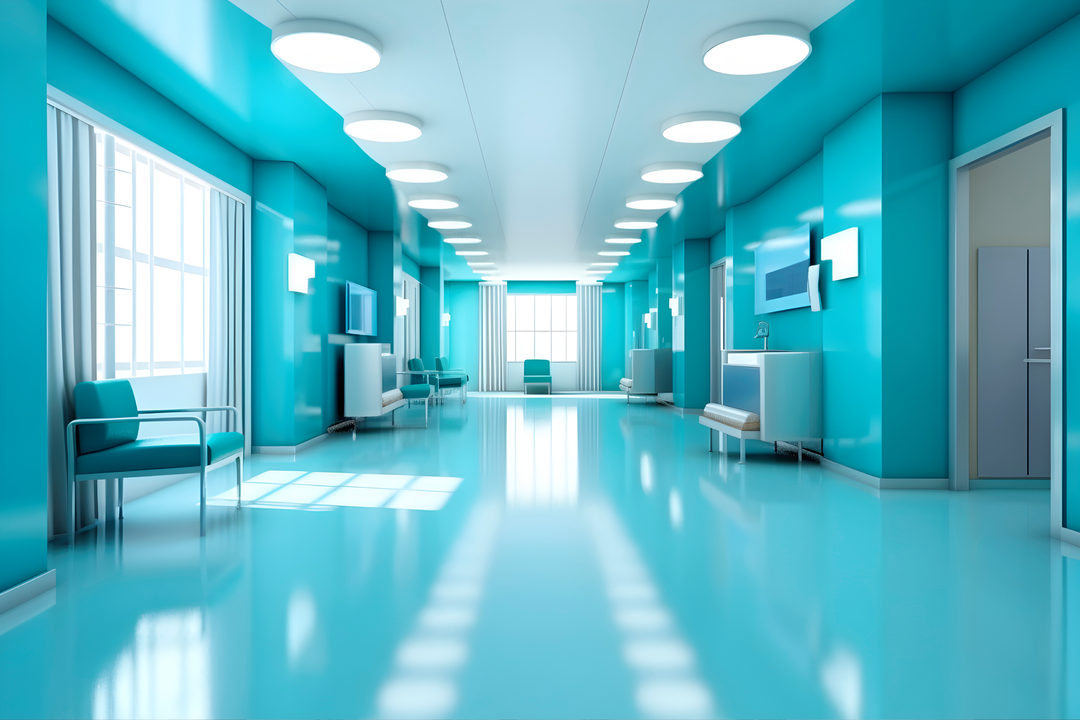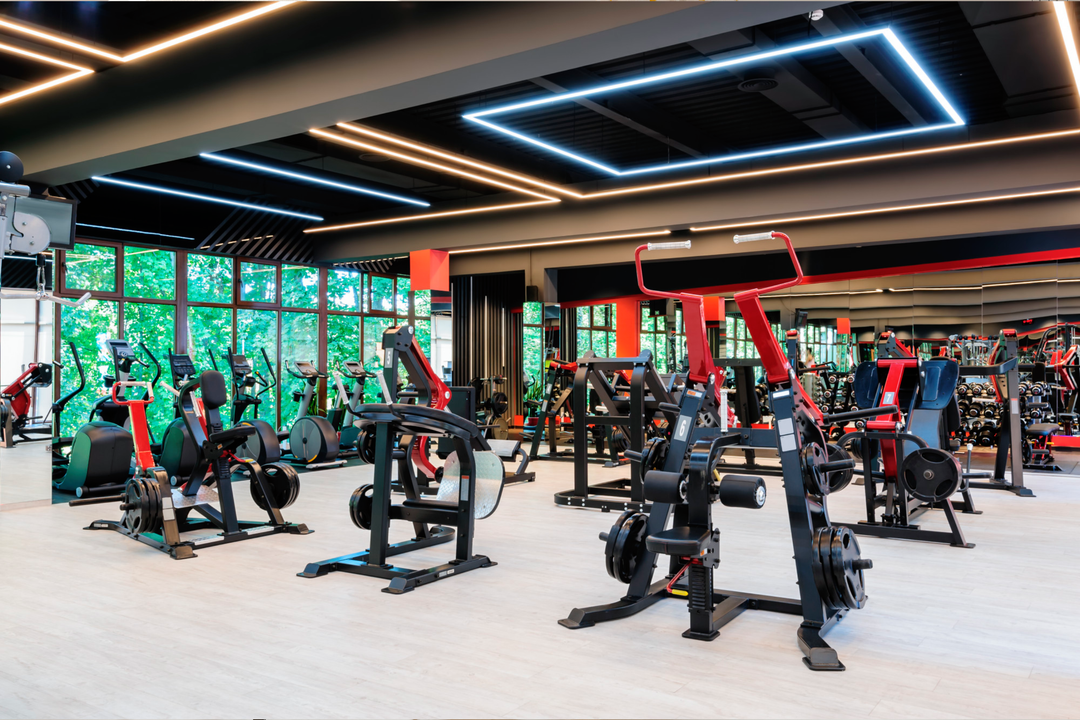Customized Indoor Air Quality Solutions
At BreatheEasy, we research, test and customize innovative solutions for Indoor Air Quality. Our experience of working on air pollution for our own building over the last 30+ years has helped us become the leading indoor air quality specialist in India.
We are a turnkey provider of complete indoor air quality solutions from design to installation and commissioning of the proposed Air Purification System (APS). Our Centralized Solutions use cutting-edge technology to purify the air in a building. This is a comprehensive way to protect your employees, students and family members from toxic air.
We believe that no two buildings are the same and hence air filtration solutions also cannot be force fit into buildings. Hence, our team understands the existing systems and design of a building and then customizes an optimal solution to achieve the best indoor air quality results.
- Indoor Air Quality Solution Design and Execution.
- Annual Maintenance Plans for Indoor Air Quality Solutions.
- Green and Healthy Building Consultancy & Facilitation.
- Monitoring and Dashboard Plans for Indoor Air Quality Data
BreatheEasy Approach
Key features of our Customised Solutions
BreatheEasy Filters for Cleaner, Safer Indoor Air
Whether it’s a ductable AC or a large AHU system, the right filter makes all the difference. Choose from two purpose-built solutions designed to elevate indoor air quality with ease.
BE-NEST (For Ductable AC Systems)
A non-electric, zero-maintenance filter that fits seamlessly into your indoor ductable air conditioning system - ensuring round-the-clock clean air without any power source.
Safe, silent, and smart.
BE-HEF (For AHUs – Air Handling Units)
A high-efficiency filter built to capture fine dust, allergens, and unseen pollutants circulating through your AHU.
Ideal for larger spaces - hospitals, hotels, offices - where clean, healthy air matters most.
Some Of The Major Indoor Air Pollutants
Who is at Risk?
Clean Air at Malls
High foot traffic in malls leads to increased air pollution and the spread of biological pollutants. Poor ventilation causes a buildup of dust, VOCs, and other contaminants, which can irritate the respiratory system and worsen allergies or asthma. Additionally, crowded spaces facilitate the spread of bacteria and viruses, increasing the risk of contamination.
Clean Air at Hospitals & Clinics
Risk: Hospitals and clinics are particularly vulnerable to indoor air pollution due to the high volume of biological pollutants present, including bacteria, viruses, and mold. In healthcare settings, compromised air quality can increase the risk of infection for both patients and healthcare providers. Vulnerable patients, particularly those with respiratory conditions or weakened immune systems, are at even higher risk.
Clean Air at Schools & Colleges
Students cognitive abilities and thinking skills are vulnerable to poor indoor air quality, particularly from high levels of CO2 and airborne pollutants. Research shows that elevated CO2 levels in classrooms can result in reduced attention spans, slower learning, and diminished overall academic performance.
Clean Air at Work Premises
Indoor air pollution can significantly impact the workforce, leading to reduced productivity and cognitive function. High CO2 levels and poor air quality can cause fatigue, headaches, and difficulty concentrating, all of which contribute to decreased work performance. This is especially critical in offices, manufacturing plants, and any enclosed workspace where air quality is compromised.
Clean Air at Hotels & Restaurants
Indoor air pollution in hotels and restaurants can impact both guests and employees. Poor ventilation and the presence of cooking fumes, chemicals, and other pollutants can cause discomfort, allergies, and respiratory issues. Guests with sensitive respiratory systems, such as asthmatics, may experience adverse effects.
Clean Air at Gymnasiums
In gymnasiums, the risk of indoor air pollution is largely linked to the build-up of CO2 from high occupancy and physical activity. Poor ventilation can lead to reduced oxygen levels, making the space feel stuffy and uncomfortable. This can lead to fatigue, dizziness, and reduced physical performance, making it important for gyms to maintain proper airflow and air purification systems.





